
How to Use X10-100: Examples, Pinouts, and Specs
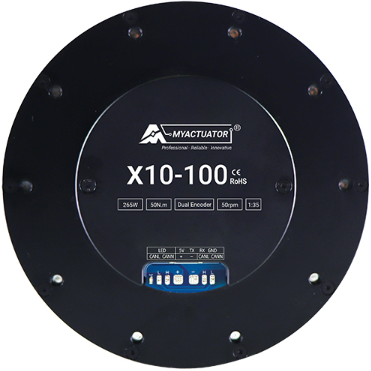
 Design with X10-100 in Cirkit Designer
Design with X10-100 in Cirkit DesignerIntroduction
The X10-100, manufactured by Myactuator, is a versatile microcontroller development board designed for prototyping and testing electronic circuits. It features a wide range of input/output (I/O) pins, supports multiple communication protocols, and is compatible with various programming environments. This makes it an excellent choice for both hobbyists and professional engineers working on embedded systems, IoT devices, and automation projects.
Explore Projects Built with X10-100
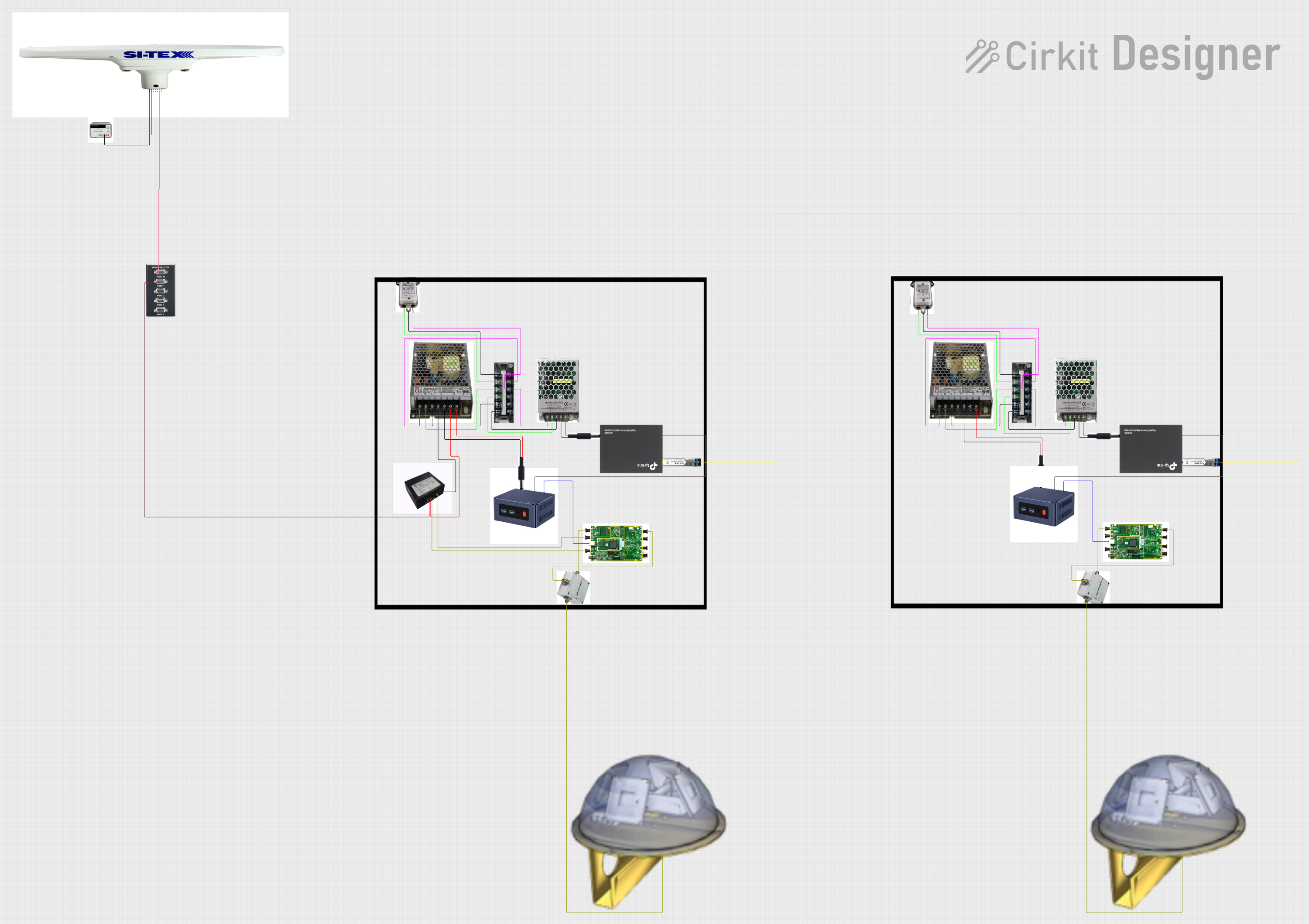
 Open Project in Cirkit Designer
Open Project in Cirkit Designer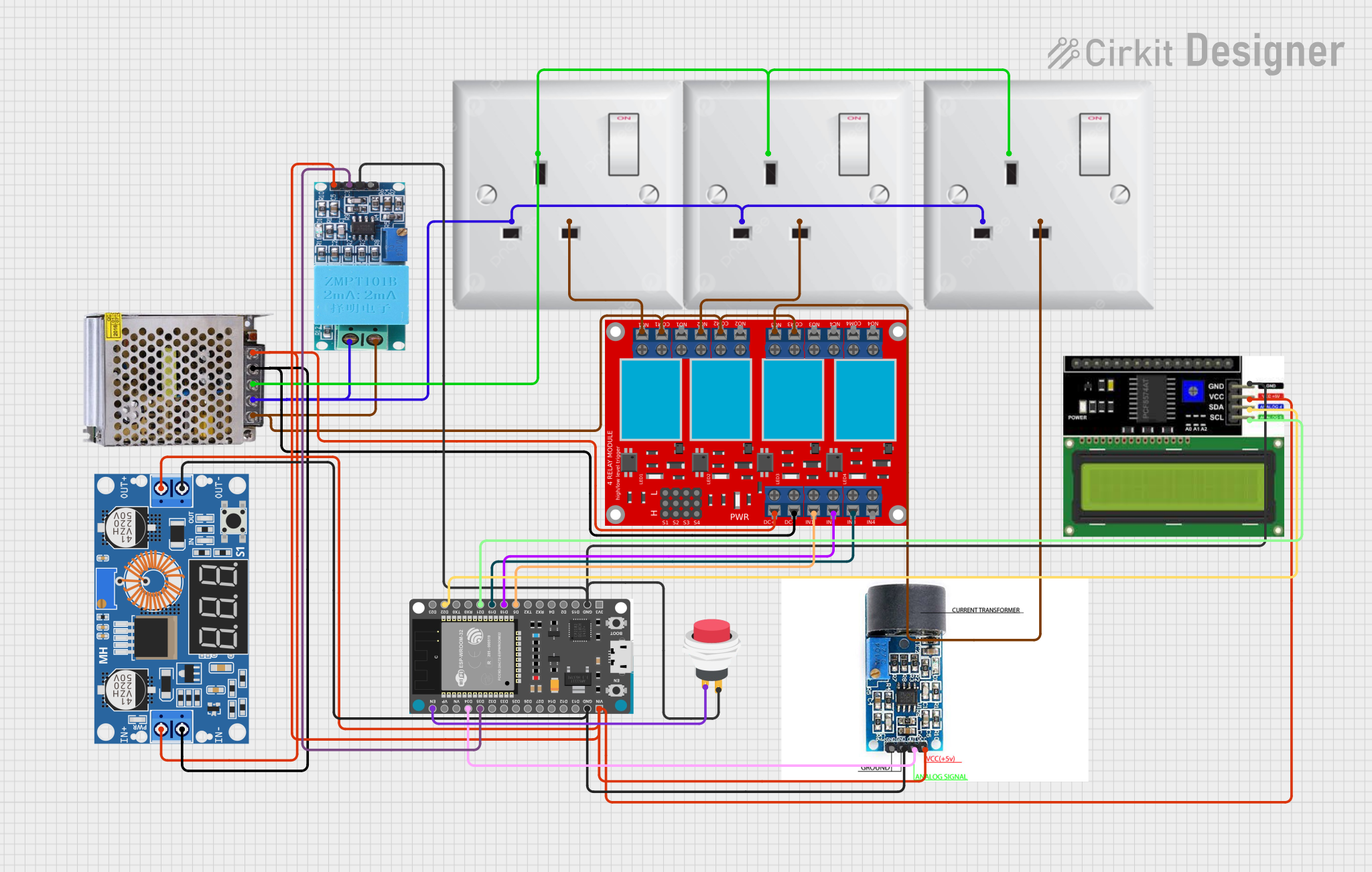
 Open Project in Cirkit Designer
Open Project in Cirkit Designer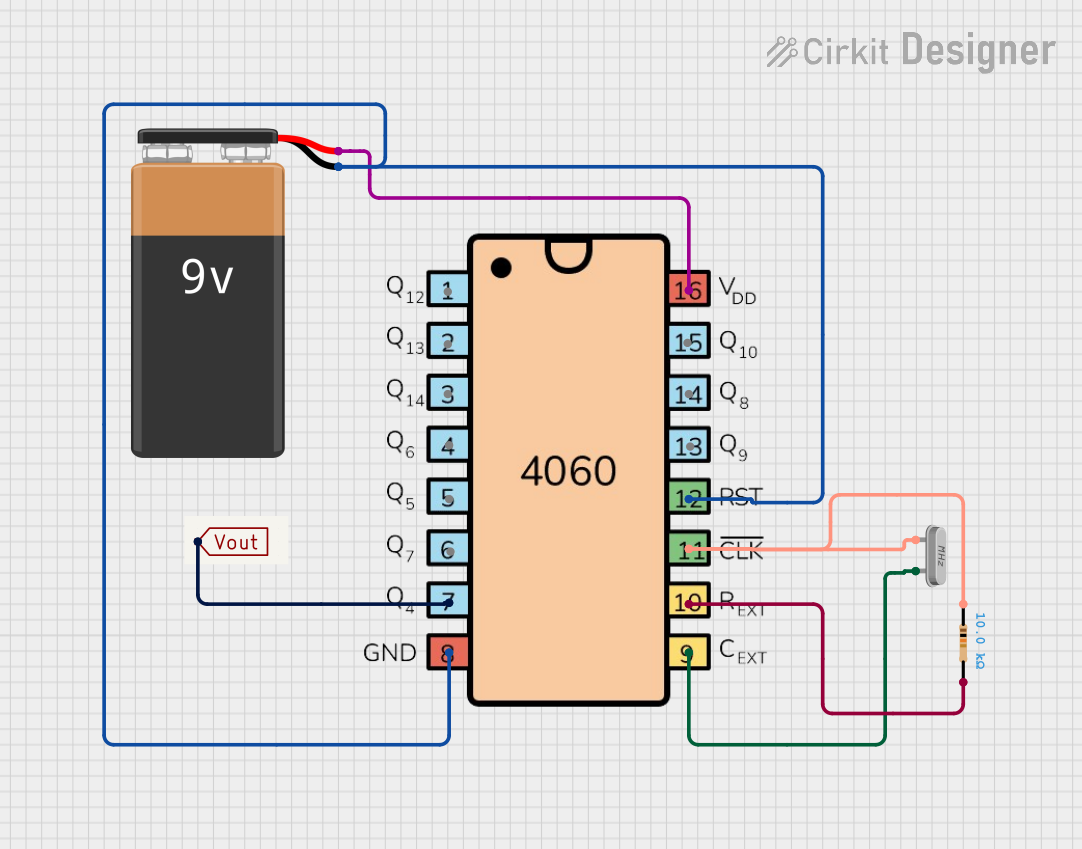
 Open Project in Cirkit Designer
Open Project in Cirkit Designer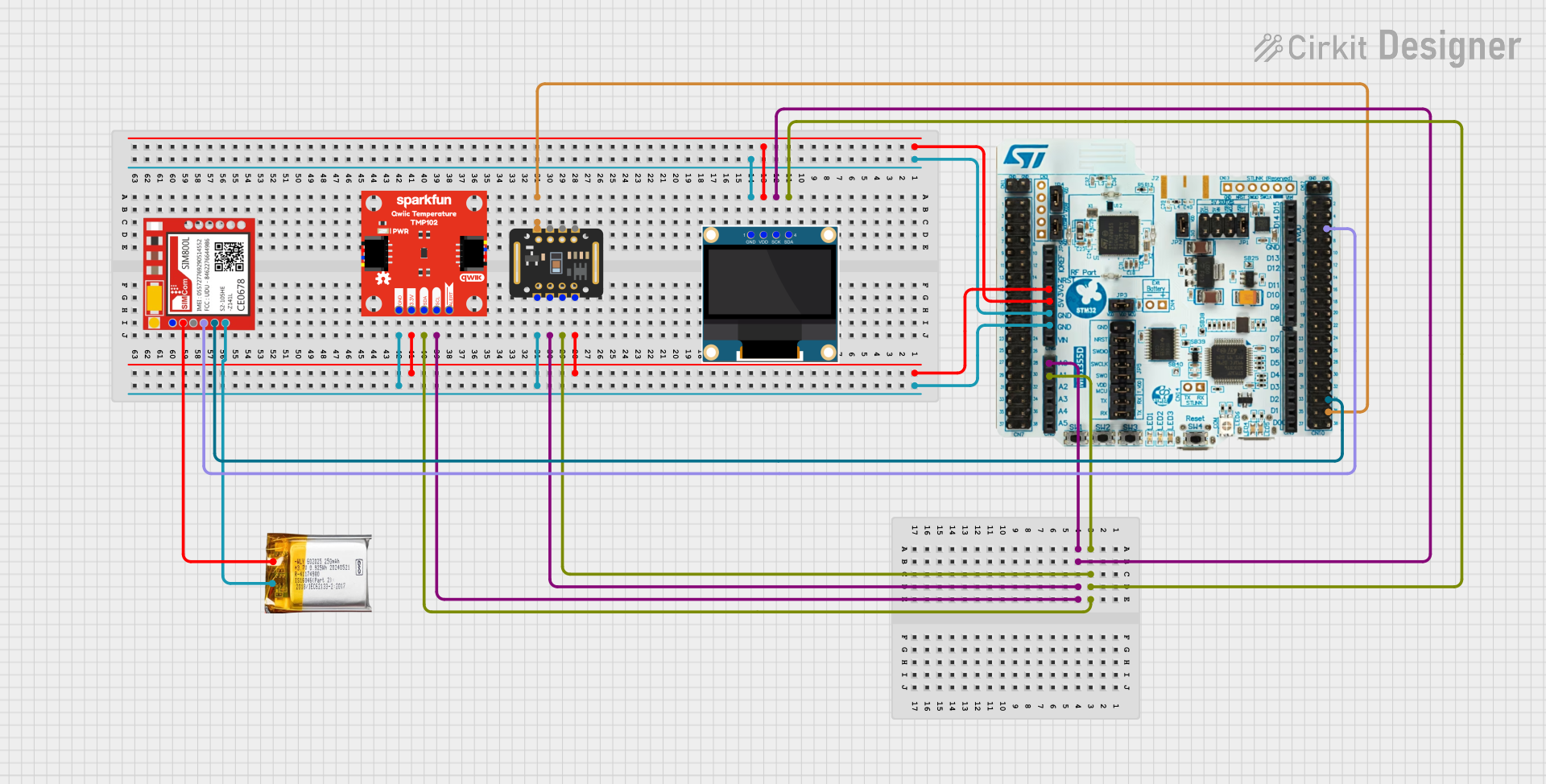
 Open Project in Cirkit Designer
Open Project in Cirkit DesignerExplore Projects Built with X10-100

 Open Project in Cirkit Designer
Open Project in Cirkit Designer
 Open Project in Cirkit Designer
Open Project in Cirkit Designer
 Open Project in Cirkit Designer
Open Project in Cirkit Designer
 Open Project in Cirkit Designer
Open Project in Cirkit DesignerCommon Applications and Use Cases
- Rapid prototyping of embedded systems
- IoT (Internet of Things) device development
- Robotics and automation control
- Sensor data acquisition and processing
- Educational projects and learning microcontroller programming
Technical Specifications
The X10-100 is equipped with robust hardware and flexible features to support a variety of applications. Below are the key technical details:
General Specifications
| Parameter | Specification |
|---|---|
| Microcontroller | ARM Cortex-M4 |
| Operating Voltage | 3.3V |
| Input Voltage (recommended) | 5V via USB or 7-12V via VIN |
| Clock Speed | 72 MHz |
| Flash Memory | 256 KB |
| SRAM | 64 KB |
| Communication Protocols | UART, I2C, SPI, CAN |
| GPIO Pins | 20 (digital and analog) |
| PWM Channels | 6 |
| Dimensions | 50mm x 25mm |
Pin Configuration and Descriptions
The X10-100 features a total of 20 pins, including digital, analog, and power pins. Below is the pinout description:
| Pin Number | Pin Name | Function |
|---|---|---|
| 1 | VIN | Input voltage (7-12V) |
| 2 | GND | Ground |
| 3 | 3.3V | 3.3V output |
| 4 | 5V | 5V output |
| 5-14 | D0-D9 | Digital I/O pins |
| 15-18 | A0-A3 | Analog input pins |
| 19 | SDA | I2C data line |
| 20 | SCL | I2C clock line |
Usage Instructions
The X10-100 is designed to be user-friendly and compatible with popular programming environments such as Arduino IDE, PlatformIO, and STM32CubeIDE. Below are the steps to get started:
Basic Setup
- Power the Board: Connect the X10-100 to your computer via a USB cable or supply power through the VIN pin (7-12V).
- Install Drivers: Ensure the necessary USB drivers for the X10-100 are installed on your computer.
- Select Programming Environment: Use Arduino IDE or another compatible IDE to write and upload code to the board.
- Connect Peripherals: Attach sensors, actuators, or other components to the GPIO pins as needed.
Example: Blinking an LED
The following example demonstrates how to blink an LED connected to pin D5 using the Arduino IDE:
// Define the pin number for the LED
const int ledPin = 5;
void setup() {
// Set the LED pin as an output
pinMode(ledPin, OUTPUT);
}
void loop() {
// Turn the LED on
digitalWrite(ledPin, HIGH);
delay(1000); // Wait for 1 second
// Turn the LED off
digitalWrite(ledPin, LOW);
delay(1000); // Wait for 1 second
}
Important Considerations
- Voltage Levels: Ensure that connected peripherals operate within the 3.3V logic level to avoid damage.
- Power Supply: Use a stable power source to prevent unexpected resets or malfunctions.
- Pin Current Limits: Do not exceed the maximum current rating of 20mA per GPIO pin.
Troubleshooting and FAQs
Common Issues
Board Not Recognized by Computer
- Ensure the USB cable is functional and supports data transfer.
- Verify that the correct drivers are installed for the X10-100.
Code Upload Fails
- Check that the correct board and port are selected in the IDE.
- Ensure no other application is using the COM port.
Peripherals Not Working
- Double-check wiring and connections.
- Verify that the peripheral is compatible with the X10-100's voltage and current ratings.
FAQs
Q: Can I use the X10-100 with a 5V sensor?
A: Yes, but you will need a level shifter to safely interface 5V sensors with the 3.3V logic of the X10-100.
Q: What is the maximum current the board can supply?
A: The 3.3V and 5V pins can supply up to 500mA when powered via USB, but this may vary depending on the power source.
Q: Is the X10-100 compatible with Arduino libraries?
A: Yes, the X10-100 is compatible with most Arduino libraries, making it easy to integrate with existing projects.
By following this documentation, users can effectively utilize the X10-100 for a wide range of applications and troubleshoot common issues with ease.